Affiliate links on Android Authority may earn us a commission. Learn more.
Nexus availability through the years: will this one be different?
Published onOctober 5, 2015
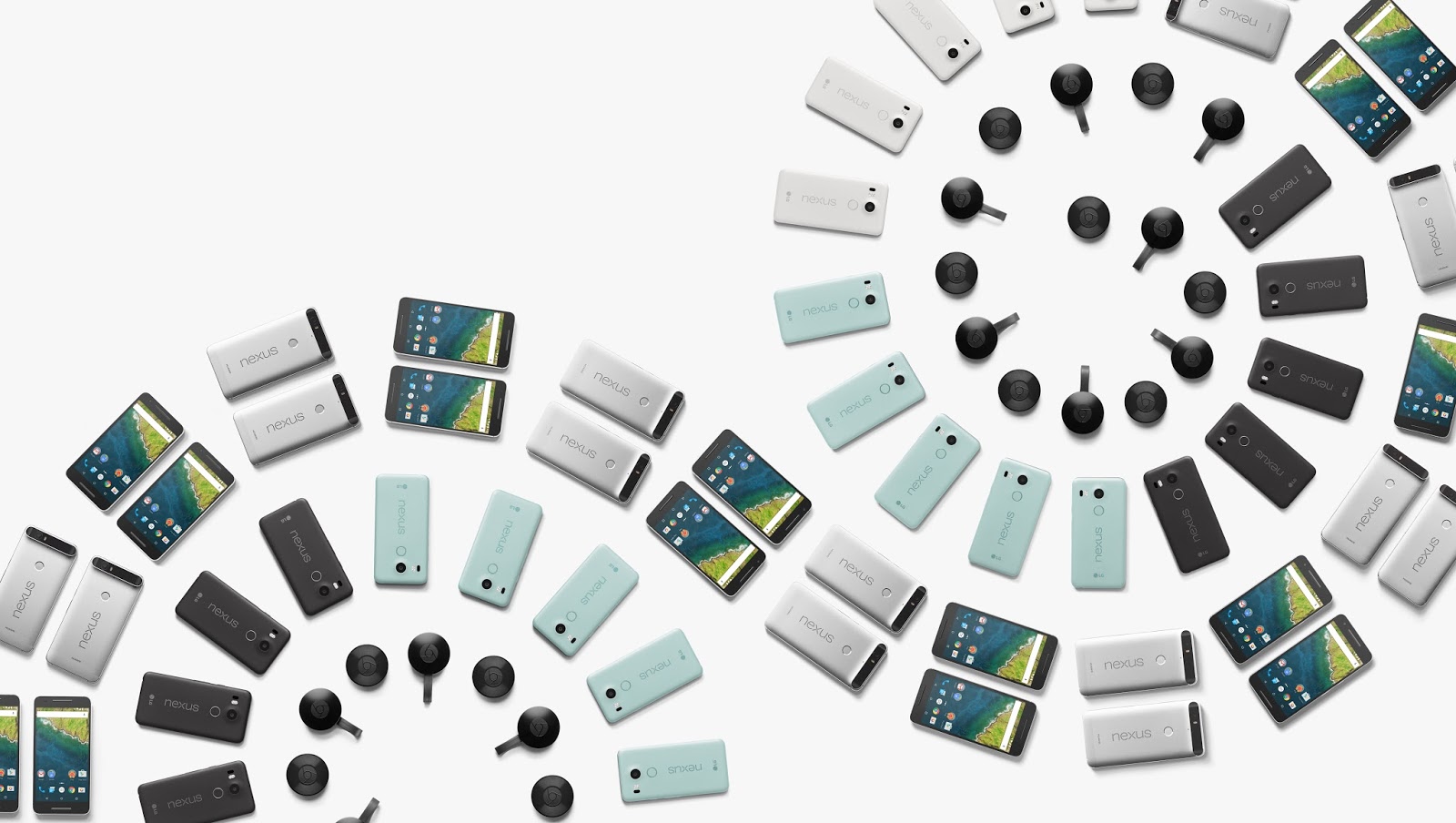
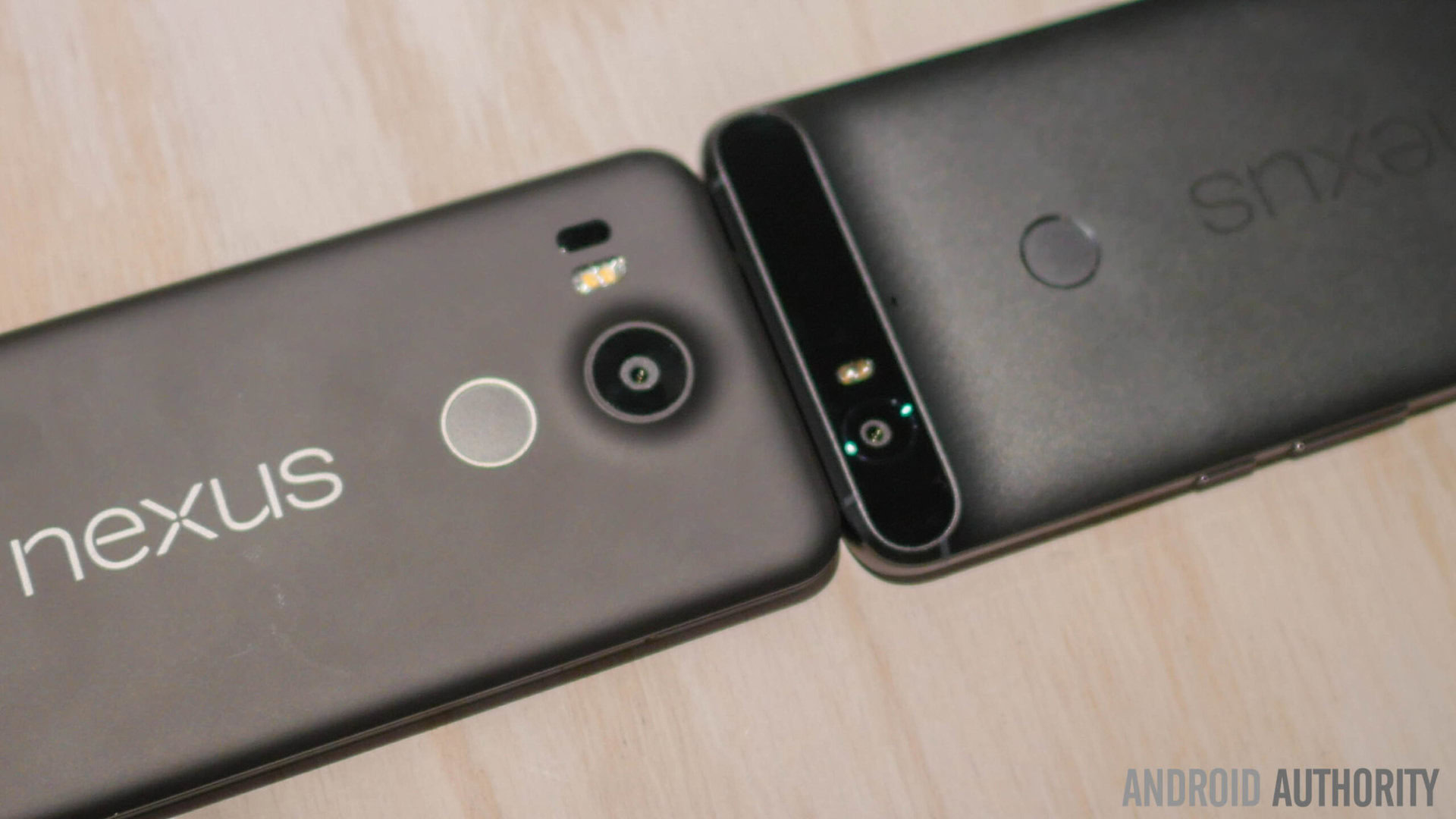
Since their inception back in 2008, Google’s Nexus reference devices have given developers and consumers alike a fantastic feature: the ability to run Android as envisioned by the very team that creates, maintains, and develops it. Unlike so many OEMs that rely on enhancing the user experiences with gimmicks or modified skins, the Android Open Source Project (AOSP) builds that exist on these hallowed “pure” devices are assisted by the hardware, not driven by it.
The problem, especially as of late, is that while the Nexus line has seemingly become more and more popular with each passing year, Google has consistently failed to meet demand. The problem truly began when the Nexus 4 released and undercut so many competitors with its pricing, however it continued even as recent as last year’s Nexus 6 which rang in at a premium price tag. In this piece, we will take a look at the pricing history of the Nexus smartphones, discuss the paradoxical sales situation that exists within the pricing, and then offer some thoughts on how this year’s new Nexi’s supply story might fare.
The “slow start” of the traditional trio

The Nexus One, also known by the codename “(HTC) Passion” launched on January 5, 2010 and rang in at $529 sans contract. It was commissioned and created to guide OEMs and provide developers a standardized work environment with which they could test and create Android software. The Nexus One was openly branded as a failure, as exemplified in this piece by PC World, and discontinued by that summer.
The Nexus S, also known by the code name “Crespo” was made by Samsung and formally announced on December 6, 2010. The asking price was even greater than the One, at $699.99 off contract. While the device was generally regarded as cutting-edge and worthwhile, the high cost arguably worked against it, as did the perceived superiority of Samsung’s own Galaxy offering, which the Nexus S was created from.
The Galaxy Nexus, also known by the code name “Maguro” was formally unveiled on October 19, 2011. The full retail price was an impressive $399 which garnished much praise on Google, including this piece by GigaOM, who called the Galaxy Nexus a “big deal”. The Galaxy Nexus saw a much larger push from Google, though the carrier-branded versions were not without setbacks and update problems.
The second trio…
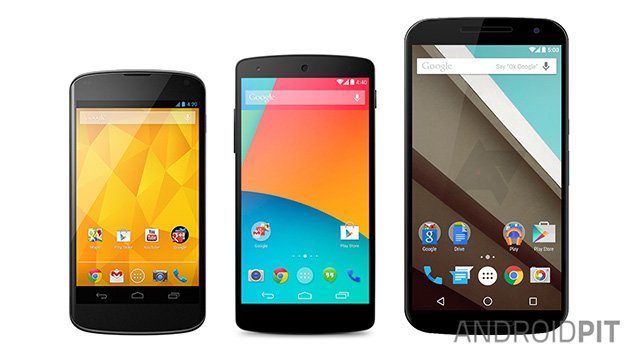
The Nexus 4, also known as Mako, was manufactured by LG Electronics and released on November 13, 2012. It was sold in two variants, an 8GB model originally retailing for $299 off-contract, and a 16GB model originally retailing for $349 off-contract. The device was widely praised for its extremely affordable price tag. Based on the LG Optimus G, the price tag was so low as to be deemed sold “at cost” and was immensely popular.
So popular was the product that it literally sold out within minutes upon release. The availability problems continued, and became so widespread that Google itself issued a public apology, blaming LG for “scarce and erratic” supply but also pointed the finger internally as well, citing poor communication. Interestingly enough, despite the unrelenting stock shortage, one report claimed Google had sold just 3 million units by Q2 2013. Unfortunately the problem would continue.
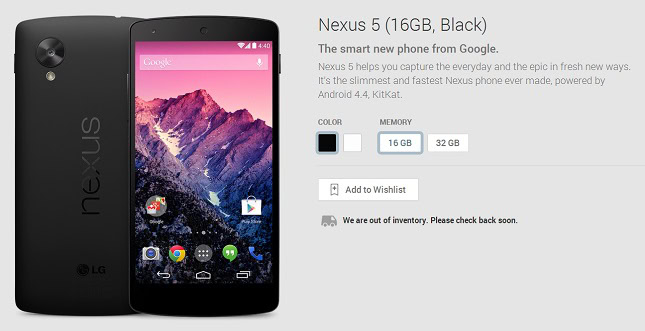
The Nexus 5, also known as the Hammerhead, was released on October 31, 2013. Developed again by LG Electronics and based on the Korean OEM’s own G2 hardware, the price was once more, an unbeatable proposition: the 16GB variant cost $349 off-contract, and the 32GB variant $399 off-contract. At this point in time, similar hardware (including the G2 itself) was retailing for unsubsidized prices in upwards of the $600 mark. History, unfortunately, would be doomed to repeat itself, as the phone again sold out in minutes and faced shortages that lasted for months on end.
The Nexus 6, also known as Shamu marked a major change for the Nexus program when it was unveiled on October 15, 2014: this time around Google went with Motorola for the manufacturing and produced a 6-inch phablet. The device was immediately deemed as polarizing to the point where Google itself went on the defensive, suggesting that after users try it out, the will begin to love it. Perhaps the biggest surprise was the price itself however, which market a return to the highs of 2010: the 32GB variant cost $649 and the 64GB variant cost $699. Despite the high point of entry, the phones immediately sold out. And continued to sell out. In fact, they remained difficult to get for some until around mid-January 2015; at one point Google itself had to promise more supplies were coming.
..and its paradoxical pricing problems
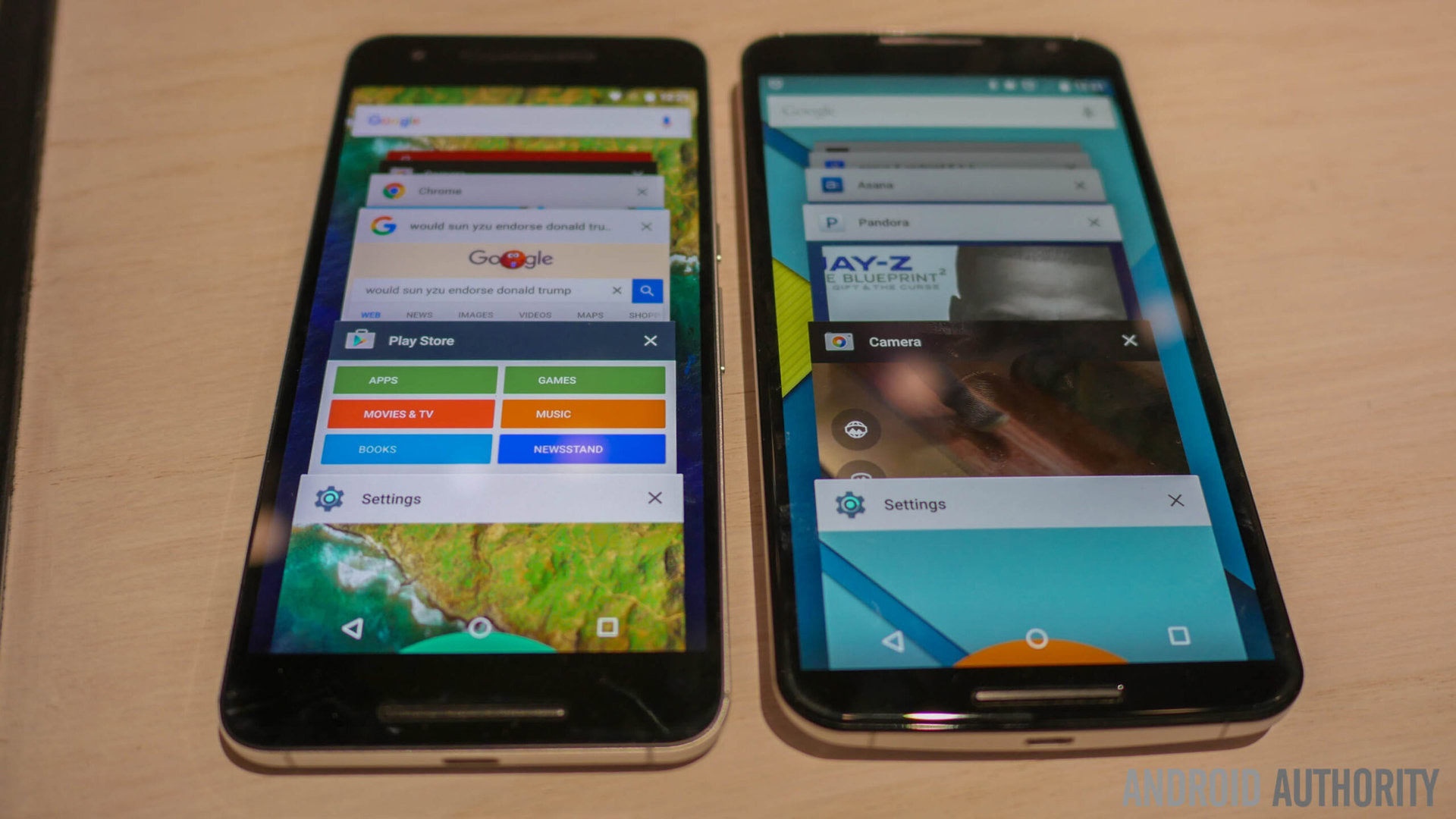
Without a doubt, Google’s decision to price both the Nexus 4 and Nexus 5 at such a low price point made the devices instantly affordable to all, and therefore undeniably desirable. Those who tried to purchase even the 8GB Nexus 4, for example, may recall taking to eBay only to have found sellers offering the device for almost triple the $299 MSRP, and it was still selling. The supply issues were clearly the result of either Google, LG – or both – failing to anticipate the demand.
And yet. Considering the aforementioned report that the Nexus 4 had only sold 3 million units by Q2 2013, one has to stop for a second and consider what was truly going on. LG is an absolutely gigantic company, and the hardware in question was basically a modified G2 of which LG had released months earlier. How is it logically possible that a company with the resources of LG was unable to manufacture enough of the phones to meet demand for months on end? Perhaps the better question therefore, is in considering just how few units Google would have asked LG to manufacture in the first place. And yet: at that price? Still, hindsight is always a different story, and especially in light of concrete figures (as Google doesn’t talk numbers unfortunately) the Nexus 4 blunder was just that: a blunder.
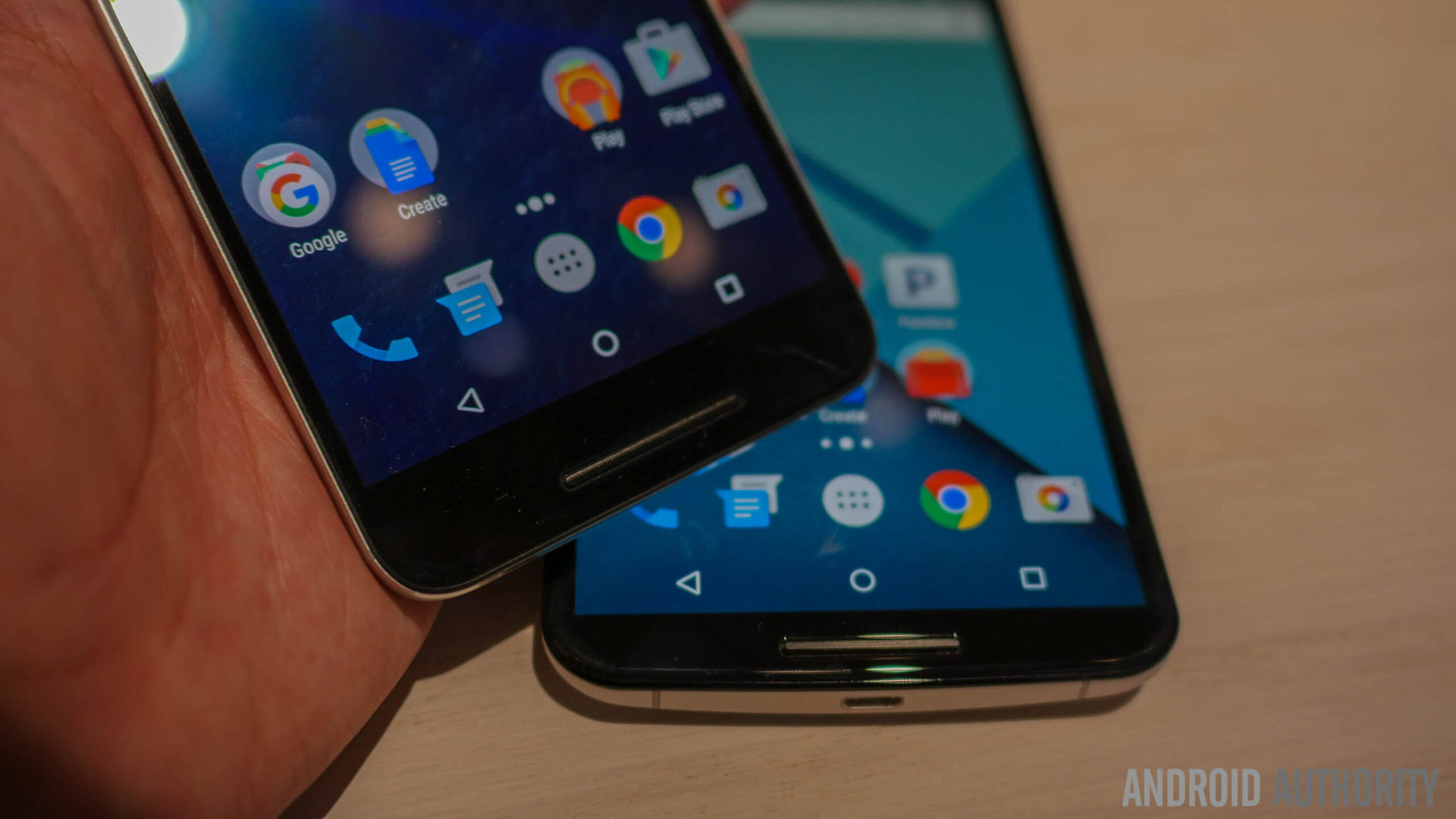
That the same problems repeated again the next year with the Nexus 5 however, would serve to suggest something more critically flawed is going on in the supply-chain-management process. Unfortunately we will never known the full story from those in the position to tell it, but there are a myriad number of angry, infuriated personal narratives of customers who had to wait weeks or months for even the chance to order their desired product let alone receive it. Truth be told, it matters not what caused the problem in the end, only that there was a shortage.
Ironically the Nexus 6’s pricing arguably had little to do with its extended supply issues. Rumors had circulated that key components such as the AMOLED display panel, were not being supplied in quantities great enough to meet demand, and so too did Google arguably underestimate just how many people would want the super-sized smartphone. Add in the fact that Motorola itself was literally being moved to China and all that entails from such a major change of ownership, and the problem would only be magnified.
The Nexus 5X and the Nexus 6P: when will these phones actually get to me?

Putting the past aside, let’s look to the present: Google has just announced not one, but two new Nexus phones. These darling devices cater to very different markets as evidenced by their display size, spec sheet, and pricing points. Assuming that the pair of products will be as widely available around the world as the Nexus 5 and Nexus 6, if not more so, the most immediate question is the one on everyone’s mind. How long will I have to wait before I can get one?
The most obvious answer is – at the moment – not for almost a month. Seemingly simultaneously as the new products became available for pre-order on the Google Store, all models were listed with a 3-4 week shipping time. Here in Japan the 64GB Nexus 6P is listed as a 4-5 week shipping delay.
Given the time that had passed from the site update and the announcement, it is possible Google was listing the delay as a placeholder, especially since there didn’t seem to be a specific day indicated for the actual shipments, just that the devices would release “in October”.
It is also possible that the devices will be more readily available in other countries given the higher price points they are being sold at, though one can only imagine what issues the Japan-exclusive Gold colored Nexus 6P will face.
Why no carriers?

One thing curiously missing from Google’s press event was the mention of retail stores or carriers that will be selling either of the new Nexus devices. In fact, according to a leak obtained by Android Central just a day before the event, it seemed clear that Google will only be offering the devices online, at least within the United States. This could mean one of two outcomes: either (1) there will be sufficient supplies to go around as physical retailers will not receive allocations, or (2) the devices will be harder to purchase than ever due to everyone being forced to buy online.
While this move may indeed seem like a strategic one designed to ensure customers receive their orders as quickly as possible (i.e. option 1), the more likely explanation is inevitable that…
Project Fi functionality is included
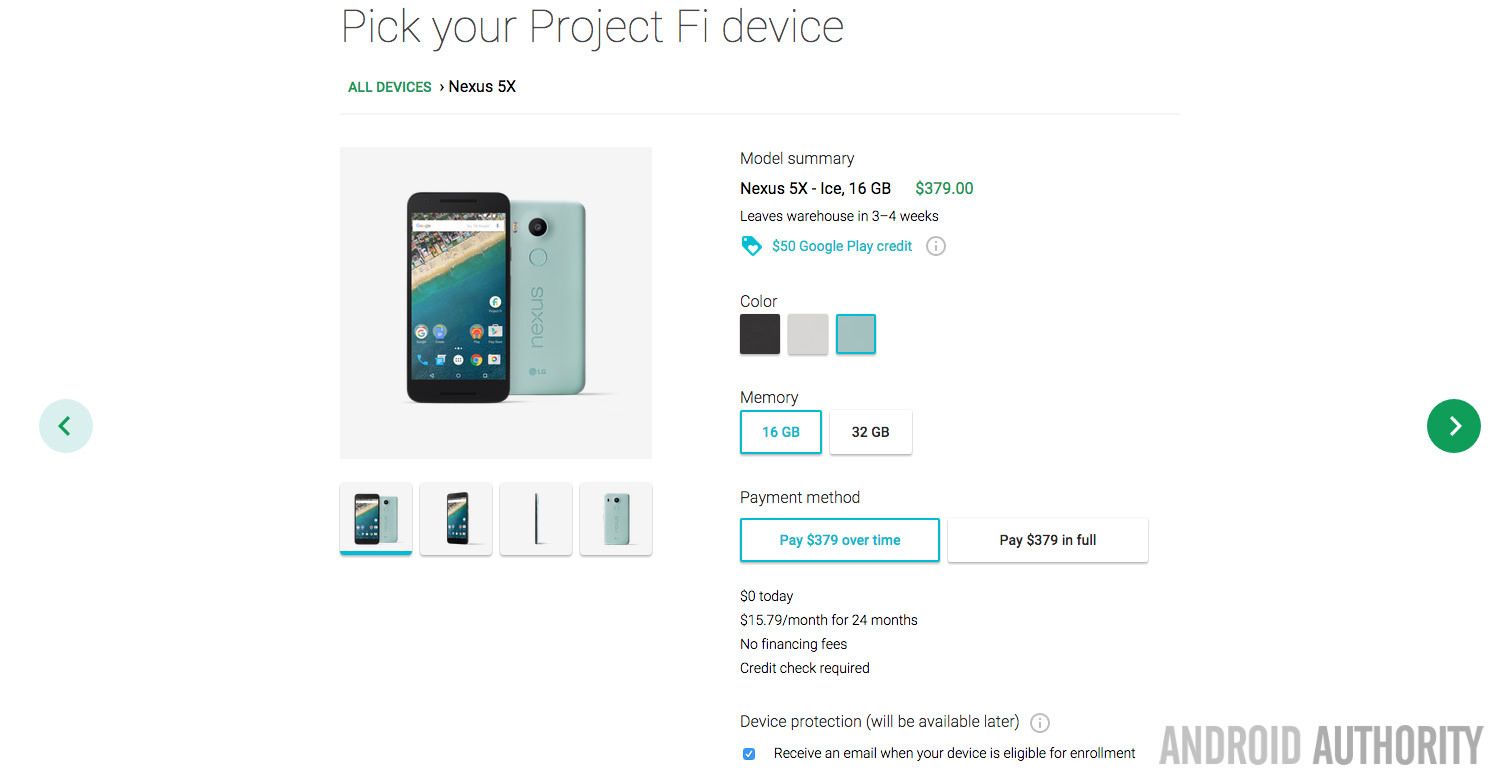
That Google spent time in the unveiling to call out Project Fi compatibility should give readers a good indication of the company’s overall product picture. That Google is allowing users to pay for the device with a Project Fi plan should cement it even more securely. Mountain View has its own MVNO service (a very good one at that) and its interests are therefore best served by avoiding the traditional ones entirely.
If the phone is sold at a local Verizon, T-Mobile, AT&T or Sprint store, users are inevitably going to sign a contract, and thus not use Project Fi. Moreover, if customers are given a monthly installment plan by those carriers, they are definitely not going to be interested in using Project Fi to pay it off. This is a very calculated move to be sure, though – in consideration of this piece’s topic – it will only serve to contribute to the whole idea of a supply shortage.
An Optimistic OPPOrtunity
There is currently a thread on reddit devoted to what the community has deemed a “successful” launch for the two new Nexi. Mentioned are things such as the Google Store website not crashing and “having stock” of the item although the question remains how a 3-5 week ship date is considered “in stock”. Some users have reported an estimated delivery date of late October, while others are looking at the beginning of November.
The general consensus seems to be that a late October ship date is actually normal for the device, and the overall tone is quite positive. Indeed this may be an indication that Google has finally straightened things out, though in avoiding carriers and their supply demands as well as releasing two devices with multiple colors and storage configurations has arguably helped dilute the interest from concentrating on one specific variant.
We, like all Google fans, remain optimistic that this year will be different. The new Nexus devices are pure Google gold and everyone wants to treasure our treasure as soon as possible.
Wrap Up
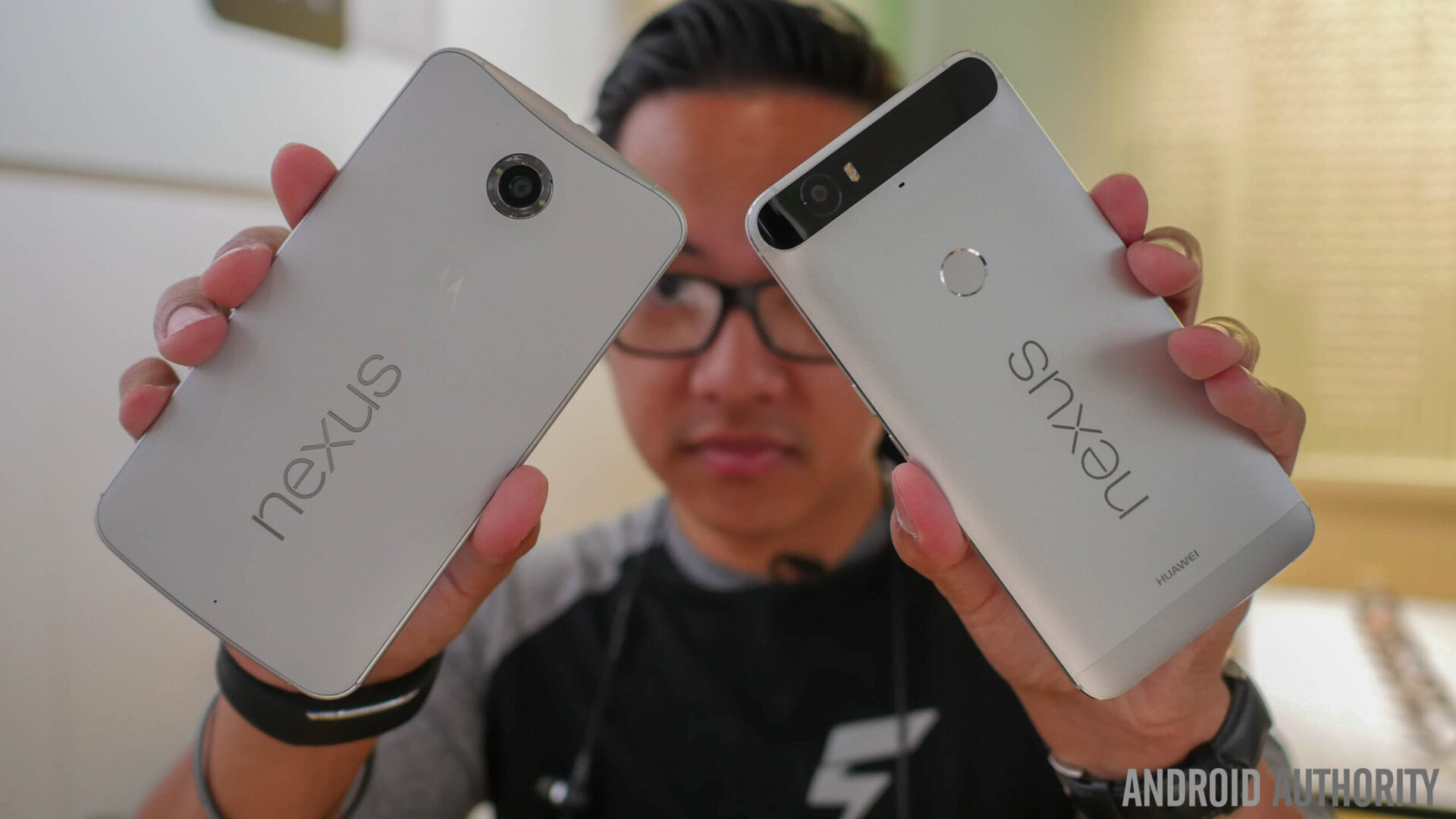
Last week’s new product announcements, while hardly shocking to those that follow tech, are the culmination of months – if not years – of planning. They also represent the fruition of the endless stream of rumors that have been freely flowing around the internet. While the fever pitch may be bigger than ever at the prospect of two divergent, different Nexi, it is truly just a matter of time before customers can get their hands on one, or both.
We are quite interested to hear your thoughts on this topic. Have you purchased a Nexus device before? Did you experience delays or supply issues? What kind of reaction do you think the new Nexi will have in the market, and how long will it take before they are readily available? Please feel free to answer the survey questions below, and leave us your comments and opinions!